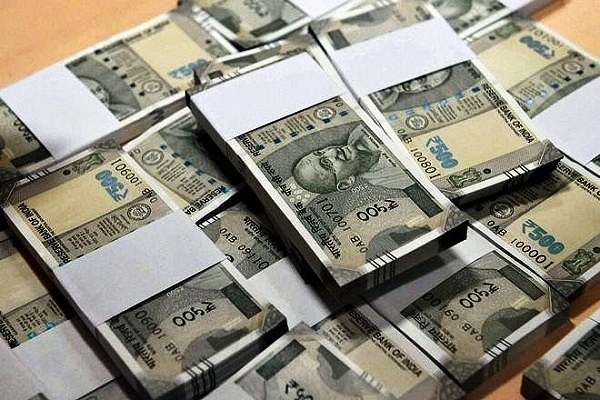
Economic Slowdown: Is It Time For A 2008-Like TARP Plan For India?
When someone has high fever, you can give them a mild medicine and let them rest for a couple of days or instead, you can give them a dose of antibiotics with multivitamins to accelerate the process of their recovery.
It is clear now that mere rate cuts won’t do the job anymore as what is genuinely needed is to restore the credibility in our financial system.
There were reports of a Troubled Asset Relief Program (TARP) or its variant being considered by the finance ministry. TARP is a program of the United States government to purchase toxic assets and equity from financial institutions to strengthen its financial sector.
In an earlier article on 18 October, I discussed the need for a bad-bank which would take these bad assets away from the balance sheets of banks and Non-Banking Financial Companies. The idea is of a TARP-like program and one can further outline the essence of the program.
Under such a program, Asset Reconstruction Companies (ARCs) could take over toxic assets from the balance sheets of companies and try to either restructure these assets or even proceed through the insolvency proceedings, if the need arises.
At present, India allows for a 100 per cent Foreign Direct Investment in ARCs through automatic route and, therefore, we should tap into foreign investors and ARCs looking for a higher rate of return.
The government can also consider creation of a Special Purpose Vehicle (SPV) with initial capital infusion and allow existing and foreign ARCs to invest through the SPV — however, under such a situation, the management of the SPV should remain private.
Initial infusion by the government would, perhaps, make the prospects attractive for foreign investors, who will make a lot of money in the process — especially once the real estate sector recovers.
Banks, of course, must take haircuts just as NBFCs will, but they have to pay some cost for the lack of prudent lending practices.
Under the proposed framework, no business gets a bailout as either the loan gets restructured or the company goes through the IBC process and, therefore, there’s no political fallout of such a move.
The biggest benefit of this is that it would speed up the clean-up of the system and post this, we can move towards a rule-based regime.
Nearly everyone agrees that the current problem is in the financial sector and, therefore, the sooner we de-arrest the system, the better it will be to ensure systemic stability. One of the earliest lessons in a financial markets course was to do with the importance of managing expectations during a financial crisis.
The finance ministry has been trying to manage expectations well — indeed, it has even made serious and bold policy announcements to indicate its aptitude for reforms.
However, the Index of Industrial Production (IIP) figures for the month of October along with the inflation figures were released recently. The fact that IIP would be negative was already factored in by many into their outlook for the month of October and many did expect the Consumer Price Index (CPI) to go beyond 5 per cent considering the extent of increase in onion prices.
The figures, therefore, didn’t surprise many, who’ve been looking closely at the Indian economy.
For those who’re yet to see the print, October IIP contracted by 3.8 per cent while the CPI for November was at 5.54. However, Consumer Food Price Inflation was up by 10.01 per cent thanks to onion prices.
Regular readers are aware of my hypothesis that we’ve perhaps bottomed out in Q2. Despite the relatively sluggish automobile sales in the month of November, I continue to believe that we have indeed bottomed out and, perhaps, the worst of all would’ve been the month of September.
Therefore, some uptick from October onwards is already visible and will be reflected in the Q3 figures.
Having said that, one must not expect a 7 per cent growth print for either Q3 or Q4 as the recovery seems to be slow — despite the extensive efforts made by the finance ministry to affect a revival of growth rates.
The reason for the slow revival is because of the unresolved stress in India’s financial systems, primarily banks and NBFCs. Credit flow has improved over the last couple of months, but the cost of capital continues to remain high.
Interest rates and transmission continue to be a challenge and, perhaps, the Monetary Policy Committee (MPC) should ignore the inflation and look at the granular details – of non-food inflation while deciding on further course of action.
When someone has high fever, you can give them a mild medicine and let them rest for a couple of days or instead, you can give them a dose of antibiotics with multivitamins to accelerate the process of their recovery.
Our financial system too seems to be down with a high fever and an asset relief programme is just the precise combination of antibiotics with multivitamins needed to get it back on its feet.